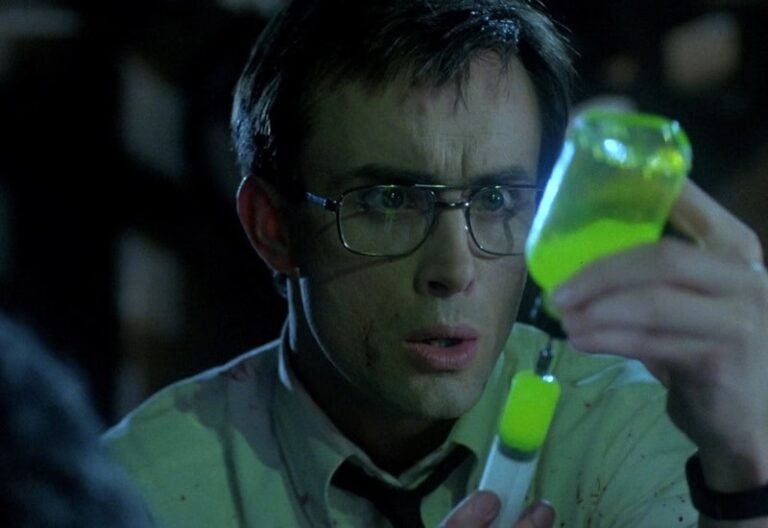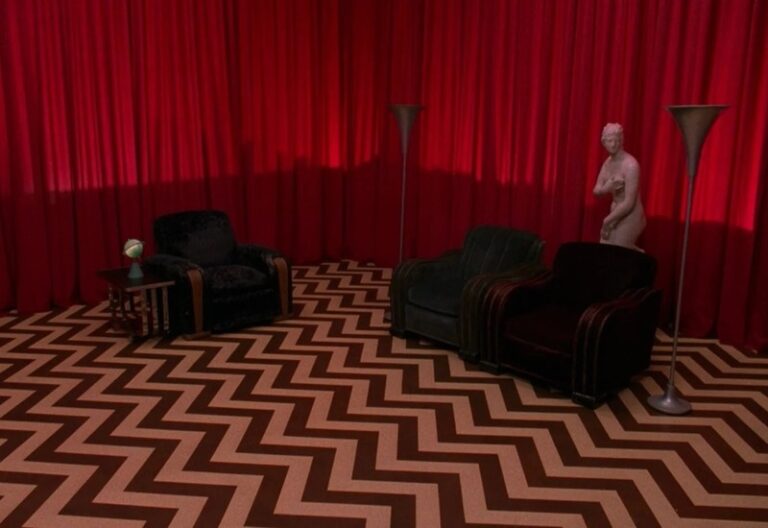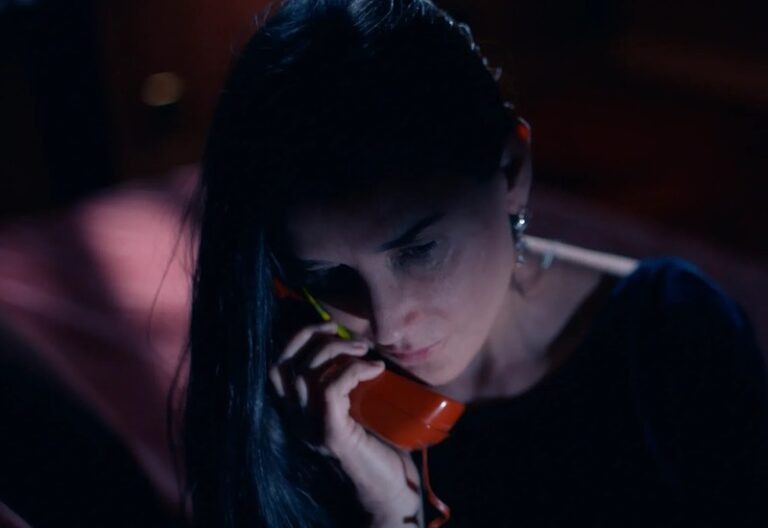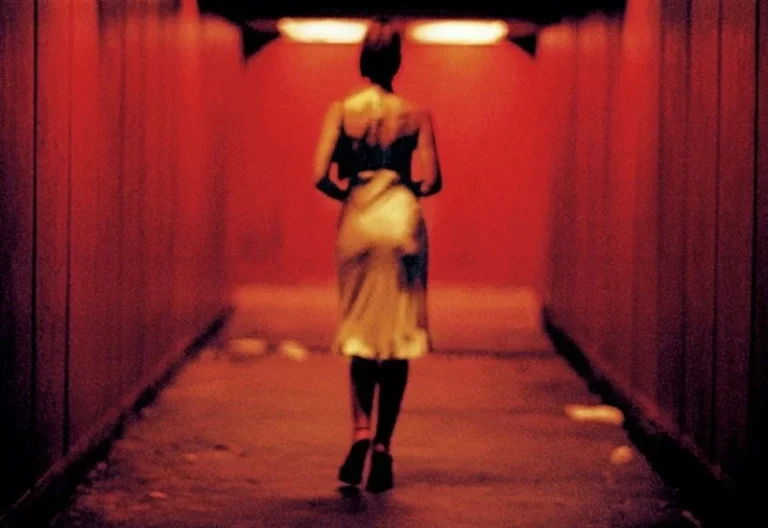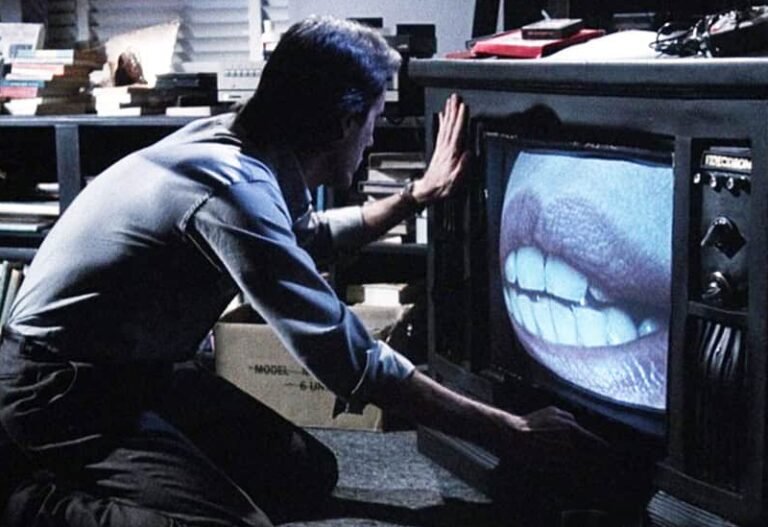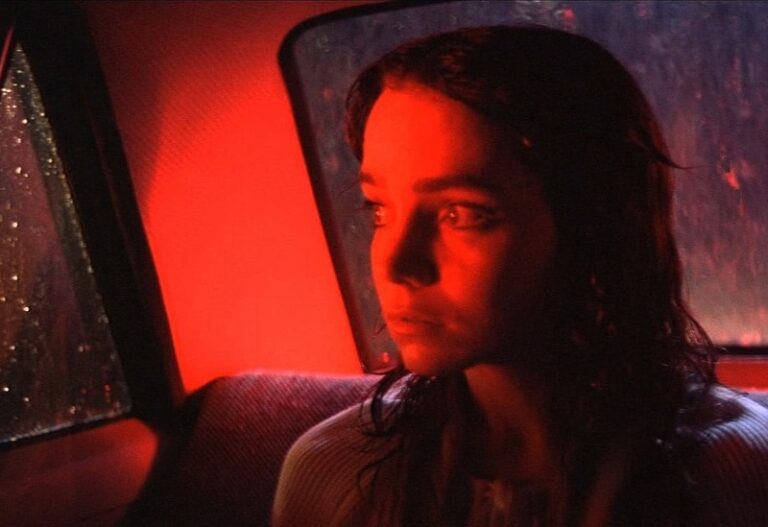a beginner's guide to analog horror movies
Analog horror is a fascinating corner of the horror genre. They do not rely on modern special effects or glossy visuals. Instead, they aim lo-fi aesthetic, unsettling, glitchy, audio, and the uncanny familiarity of old media to deliver scares that feel both nostalgic and unsettling. So what makes this subgenre so compelling and interesting?
Published by: CinemaWaves Team | Filed Under: Film Blog
Brief History and
Development
Analog horror is rooted in the textures and limitations of old media. The term “analog” refers to pre-digital technology, such as VHS tapes, broadcast television, and cassette recordings. These formats, once part of everyday life, are now considered relics. Yet, their grainy picture quality, distorted sounds, and mechanical imperfections create an atmosphere that is uniquely unnerving.
The origins of analog horror stretch back to the experimental cinema of the 1970s and 1980s, when directors began using video art and tape manipulation to create unease. However, the subgenre then evolved into a recognizable form in the 1990s and early 2000s, as VHS tapes became a household staple. Movies like The Blair Witch Project (1999), while not fully analog in style, demonstrated how lo-fi formats could make horror feel more authentic.
In the digital age, analog horror gained new following online. Filmmakers and fans alike began creating short films and series inspired by VHS aesthetics and broadcast television glitches. The rise of platforms such as YouTube allowed creators to share “lost tapes,” faux news broadcasts, and “corrupted signals.” While much of analog horror thrives in the realm of short-form web series, several films have embraced its principles and brought the aesthetic to the big screen.
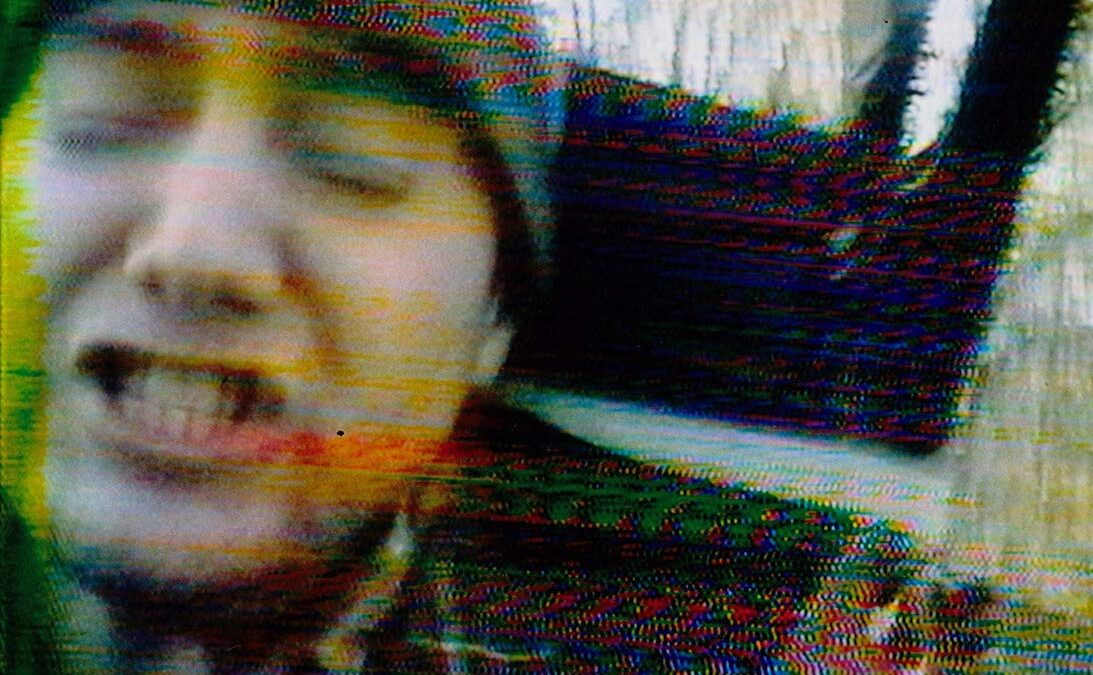
Key Characteristics of Analog Horror Movies
Lo-Fi Visuals – The subgenre embraces imperfections. Static, tracking errors, and fuzzy resolution are not mistakes but tools used to heighten unease. The visuals resemble old VHS tapes or public access television, making audiences feel like they are watching something forbidden or forgotten.
Distorted Audio – Analog horror films often use warped voices, background hums, and sound distortions to create tension. The crackle of interference or the hiss of tape decay can feel more unnerving than an orchestral score because it feels out of place yet familiar.
Everyday Settings Turned Unsettling – Rather than haunted castles or exotic locations, films can take a place in ordinary homes, suburban streets, or generic office buildings. The horror comes from discovering that these familiar environments conceal hidden threats.
A Sense of Found Footage – Many analog horror movies borrow from the found footage tradition. Viewers are positioned as if they have stumbled upon a forgotten tape, a corrupted broadcast, or an old training video. This makes the horror feel immediate and authentic, as though the audience should not be watching it.
Themes of Isolation and Surveillance – Analog horror frequently explores the feeling of being watched. The characters often feel isolated in a world where the technology around them is unreliable and even hostile.
A Slow-Burn Approach – Unlike slashers or jump-scare-driven horror, analog horror builds dread gradually. It allows tension to simmer through, minimal action, and long moments of eerie atmosphere. The viewer’s imagination becomes a key participant in the scare.
Technology as a Character – One of the most unique aspects of analog horror is that the medium itself becomes part of the story. The tape that distorts, the broadcast that cuts out, or the cassette that warps sound are not just stylistic choices but tools that deepen the narrative. Technology feels alive, unpredictable, and menacing.
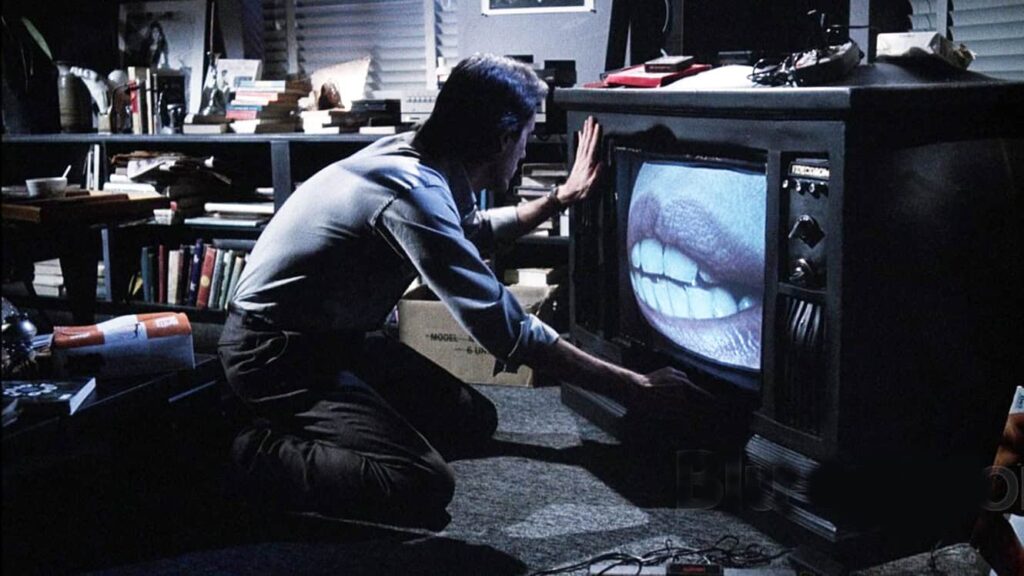
Famous & Best Analog
Horror Movies
“Videodrome” (1983) – David Cronenberg: One of the earliest and most influential films tied to both body and analog horror, Videodrome explores how media technology can warp both mind and body. Its glitchy broadcasts and distorted realities perfectly capture the unsettling qualities that define the subgenre.
“The Ring” (1998) – Hideo Nakata: This Japanese cult classic introduced global audiences to the concept of a cursed VHS tape. The haunting imagery of the tape itself, combined with the analog decay of its visuals, made The Ring one of the most iconic examples of analog horror reaching mainstream success.
“The Blair Witch Project” (1999) – Daniel Myrick & Eduardo Sánchez: Though often categorized as found footage, the movie relies heavily on lo-fi recording devices and degraded media. Its raw style helped cement the idea that imperfect visuals can make horror more believable and terrifying.
“Noroi: The Curse” (2005) – Kōji Shiraishi: This Japanese horror film weaves together documentary-style footage, interviews, and corrupted video. The analog textures heighten the dread, and the film’s commitment to realism makes its supernatural elements even more disturbing.
“Skinamarink” (2022) – Kyle Edward Ball: A modern example, Skinamarink takes analog horror into a dreamlike territory. Its grainy visuals, static-heavy sound design, and long stretches of minimal action create a uniquely disorienting experience. While divisive, it demonstrates how the analog horror style continues to evolve.
“Late Night with the Devil” (2023) – Cameron & Colin Cairnes: One of the most recent and celebrated examples of analog horror in cinema, it takes place during a fictional live television broadcast in the 1970s. The film captures the look and feel of vintage late-night TV, blending grainy footage, cheesy set design, and chilling supernatural occurrences. By using the broadcast format, it fully commits to analog horror aesthetics while also critiquing the culture of sensationalism in media.
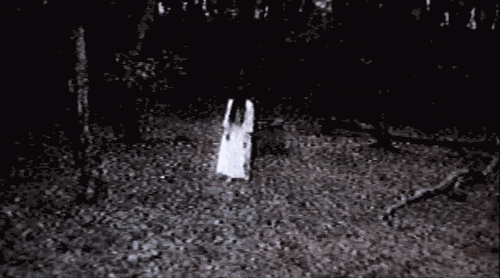
Why Analog Horror
Still Matters
These films are not just about fear. They capture a bygone era of home media, when rewinding tapes and fiddling with antennas was part of everyday life, adding a layer of nostalgia.
The imperfections of old media carry an eerie charm that digital polish cannot replicate. At the same time, analog horror reflects deeper cultural anxieties, tapping into fears of technological failure, loss of control, and the unseen forces that lurk beyond our understanding of reality.
Moreover, analog horror thrives because it asks audiences to engage with the unknown. Its fractured images and incomplete narratives leave space for interpretation. Rather than providing jump scares or tidy conclusions, it builds dread through suggestion, letting the imagination fill in the blanks.
From “Videodrome” to “Late Night with the Devil,” the subgenre has continued to evolve, proving that there is lasting power in lo-fi visuals and eerie soundscapes. At their best, analog horror movies remind us that horror does not need to be polished or grand to be effective.
Refer to the main page for more educational insights on filmmaking and cinema history.
B movies have long been a staple of the film industry, existing in the shadows of their higher-budget counterparts yet cultivating their own unique legacy. These films…
The term “Lynchian” has been used to describe a unique blend of the mundane and the bizarre, where eerie undercurrents lie beneath everyday realities. Coined to encapsulate…
A fading celebrity decides to use a black market drug, a cell-replicating substance that temporarily creates a younger, better version of herself. The Substance was…
Cinema as an art form, has the unique ability to challenge societal norms, push the boundaries of storytelling and provoke intense emotions. One of the most striking…
As the president of a trashy TV channel, Max Renn is desperate for new programming to attract viewers. When he happens upon “Videodrome,” a TV show dedicated to…
Giallo is a subgenre of horror-thriller films that started in Italy, characterized by its unique blend of murder mysteries, psychological horror, eroticism, and stylized violence….

